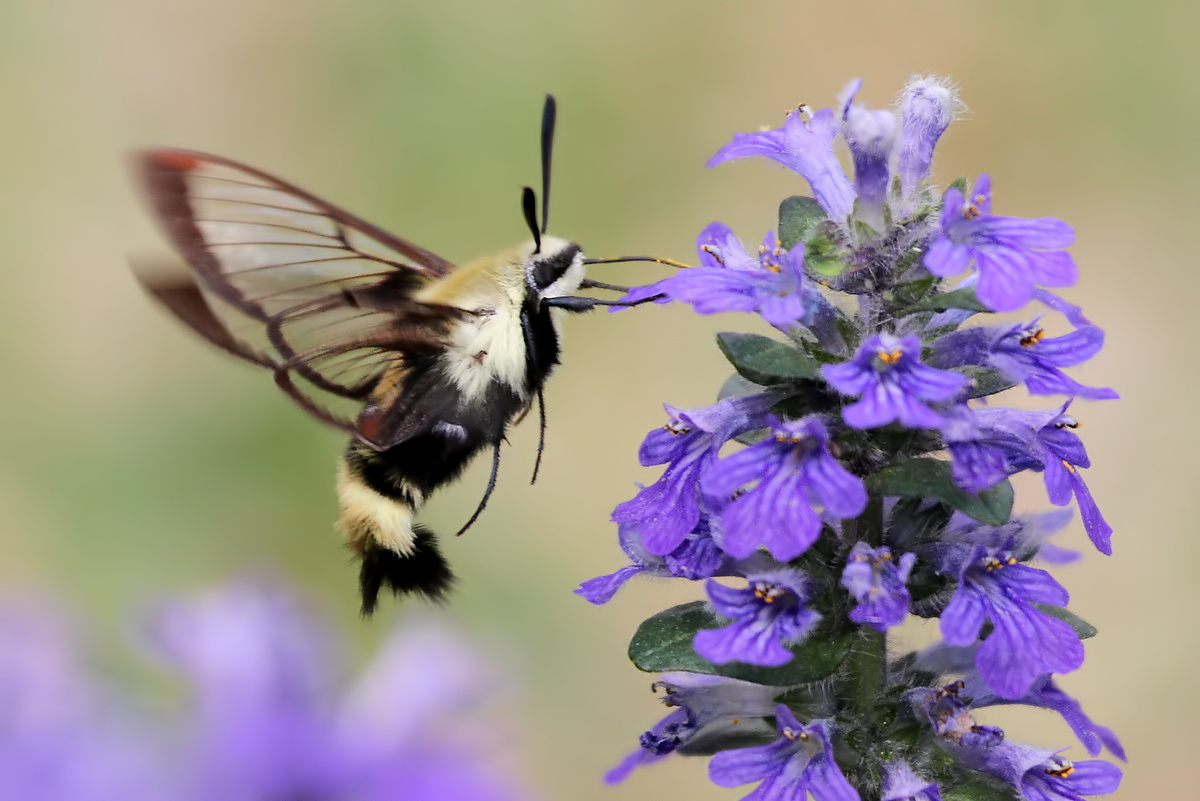You can’t step outside this time of year without spotting squirrels racing across your yard, pausing in front of your car, or scampering up a tree with a nut.
Squirrels are one of our most recognizable wildlife thriving in parks, neighborhoods, and woodlands. These entertaining rodents play an important role in our ecosystems but can also wreak havoc in our homes and garages.
Indiana is home to four different types of squirrel species: the Eastern Fox Squirrel, Eastern Gray Squirrel, American Red Squirrel, and Southern Flying Squirrel.
Eastern Fox Squirrels are the largest tree squirrel in North America. They have striking rust-colored fur and a hint of white on their face and chest. Most active during the day, they can be spotted by their large bushy tails, foraging for nuts, seeds, and fruit. More than just a beautiful creature, Eastern Fox Squirrels are amazing leapers. They can scale a pole and jump 15 feet horizontally, making most bird feeders an easy target.
Eastern Grey Squirrels are the most widespread species of squirrel. Slightly smaller than the Eastern Fox Squirrel, they have predominantly grey fur with a white underbelly. They are extremely agile climbers and are fun to watch scampering through the trees in search of acorns, seeds, and bird eggs. Have you ever seen a black squirrel? They are actually Eastern Grey Squirrels with a genetic morphism. Scientists aren’t in agreement as to why it happens.
The American Red Squirrel is a much smaller, but feisty species. They will act aggressively to run other squirrels away from trees and birdfeeders. While they prefer the seeds of conifer trees, American Red Squirrels have also learned to adapt to urban areas. They adjust their diet to eat foods such as berries, bird eggs, acorns, mushrooms, mice, and seeds from backyard bird feeders. American Red Squirrels even have a sweet tooth and are known to tap maple trees for the sugary sap.
The Southern Flying Squirrel is the least likely to be seen. Active at night, they live in the tops of trees where they search for berries, seeds, tree bark, leaf buds, nuts, and bird eggs to eat. Because they are nocturnal creatures, they have very large eyes. These squirrels have folds of skin between their arms and torso. Despite their name, they don’t truly fly but rather glide from tree to tree.
Squirrels are known for their caching behavior, which plays a vital role in forest regeneration. They bury nuts and seeds in various locations, often forgetting where they’ve hidden them. This unintentional planting helps to propagate trees and maintain forest diversity. These furry creatures play an essential role in the ecosystem by aiding in seed dispersal.
Squirrels can live up to 18 years in the wild but surviving in the wild isn’t easy. Indiana’s squirrels employ various strategies to thrive. They are experts at avoiding predators, using their keen senses of sight and hearing to detect danger. When threatened, they’ll emit sharp warning calls, alerting nearby squirrels to take cover. Their nests, known as dreys, are carefully constructed from leaves, twigs, and other materials, providing a safe retreat from both harsh weather and potential predators.
Indiana’s squirrels, with their charming antics and vital ecological roles, are an integral part of the state’s wildlife. Whether you admire their agility, watch them scamper through the trees, or simply appreciate their contribution to the state’s natural beauty, Indiana squirrels are a cherished part of the Hoosier State’s wildlife.
Photo: Eastern Grey Squirrel by Judy Gallagher
Julie Borgmann is the Executive Director of Red-tail Land Conservancy. Her passion is preserving habitats where people and wildlife can thrive.




